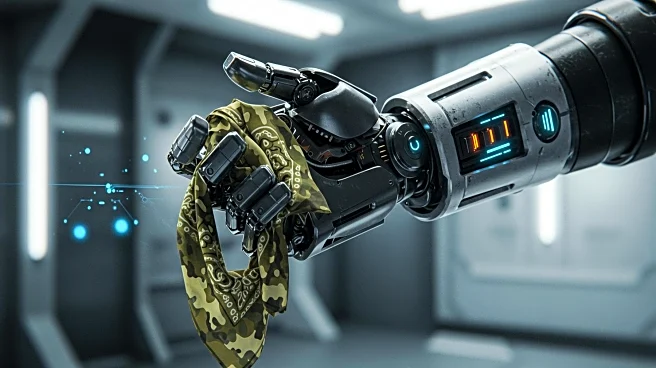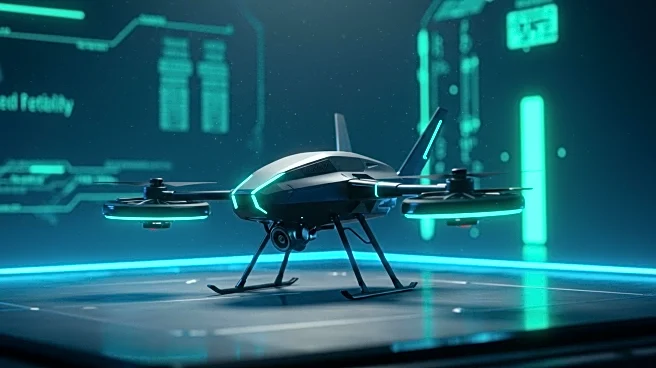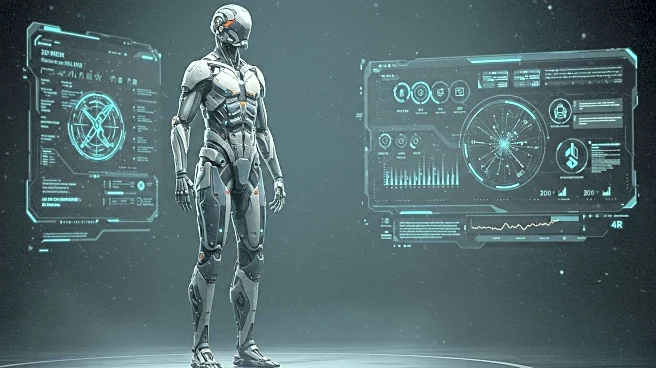Rapid Read • 7 min read
Metal Gear Solid 3 has undergone multiple iterations since its original release in 2004, each offering unique features and changes. The game has been reissued, remastered, and remade, with versions like Subsistence introducing a third-person camera system and online multiplayer mode. The HD Collection brought higher resolution and smoother performance, while Snake Eater 3D adapted the game for the Nintendo 3DS with new controls and features. The latest version, Metal Gear Solid Delta, uses Unreal Engine 5 to enhance graphics and gameplay while maintaining the original story and voice acting.
AD
The evolution of Metal Gear Solid 3 highlights the challenges and opportunities in remastering classic games for modern audiences. Each version offers different experiences, catering to various preferences for authenticity, accessibility, and technological advancements. This ongoing adaptation reflects the gaming industry's efforts to preserve and enhance beloved titles, ensuring their relevance in a rapidly changing market. The diverse iterations also demonstrate the potential for games to reach new platforms and audiences, expanding their cultural impact and legacy.
The various versions of Metal Gear Solid 3 raise questions about the balance between preserving original game experiences and embracing new technologies. As developers continue to remake and remaster games, they must consider how changes affect the game's identity and player nostalgia. The series' complex history also underscores the importance of creative vision and innovation in maintaining a game's appeal over time. These considerations are crucial for the gaming industry as it navigates the intersection of art, technology, and consumer expectations.
AD
More Stories You Might Enjoy










